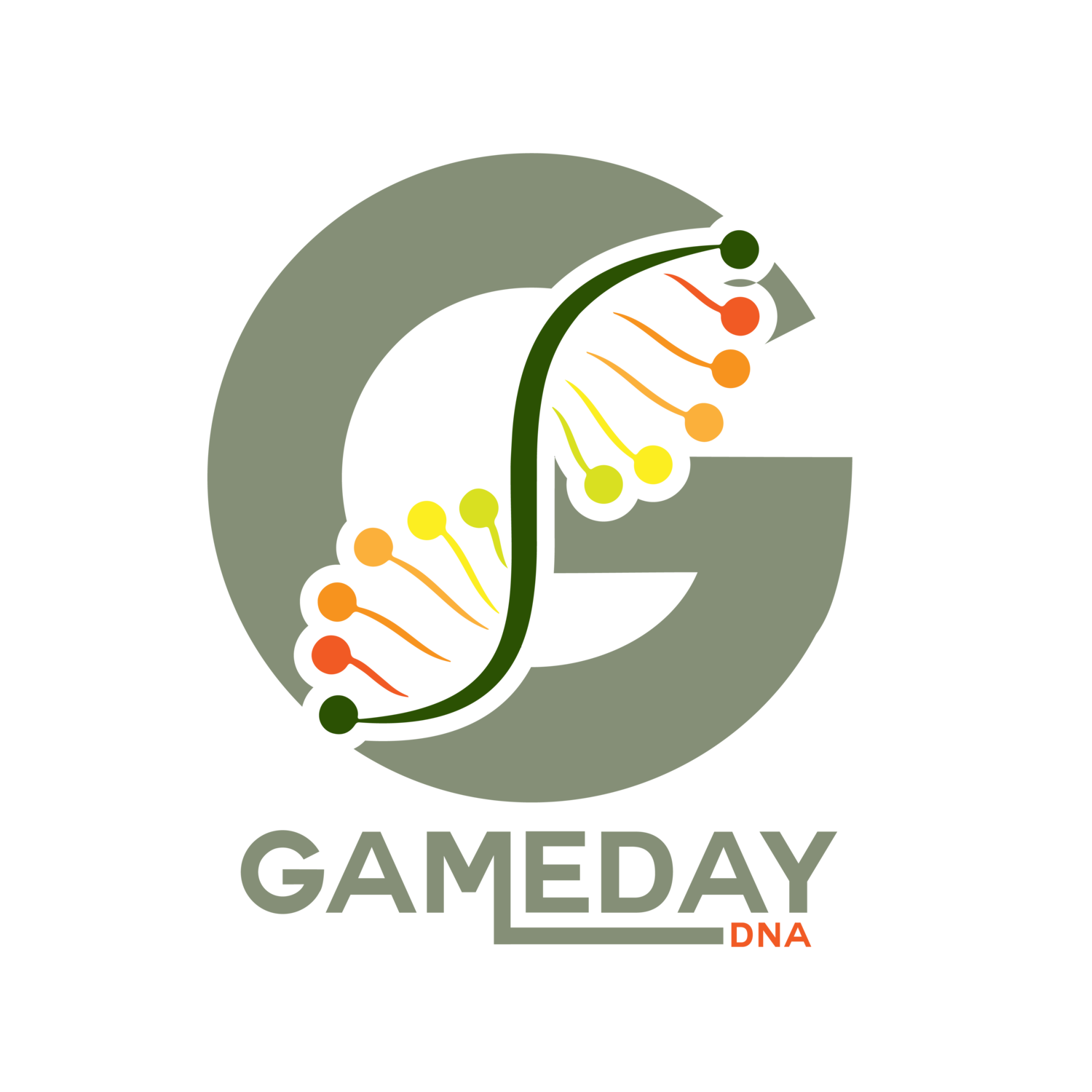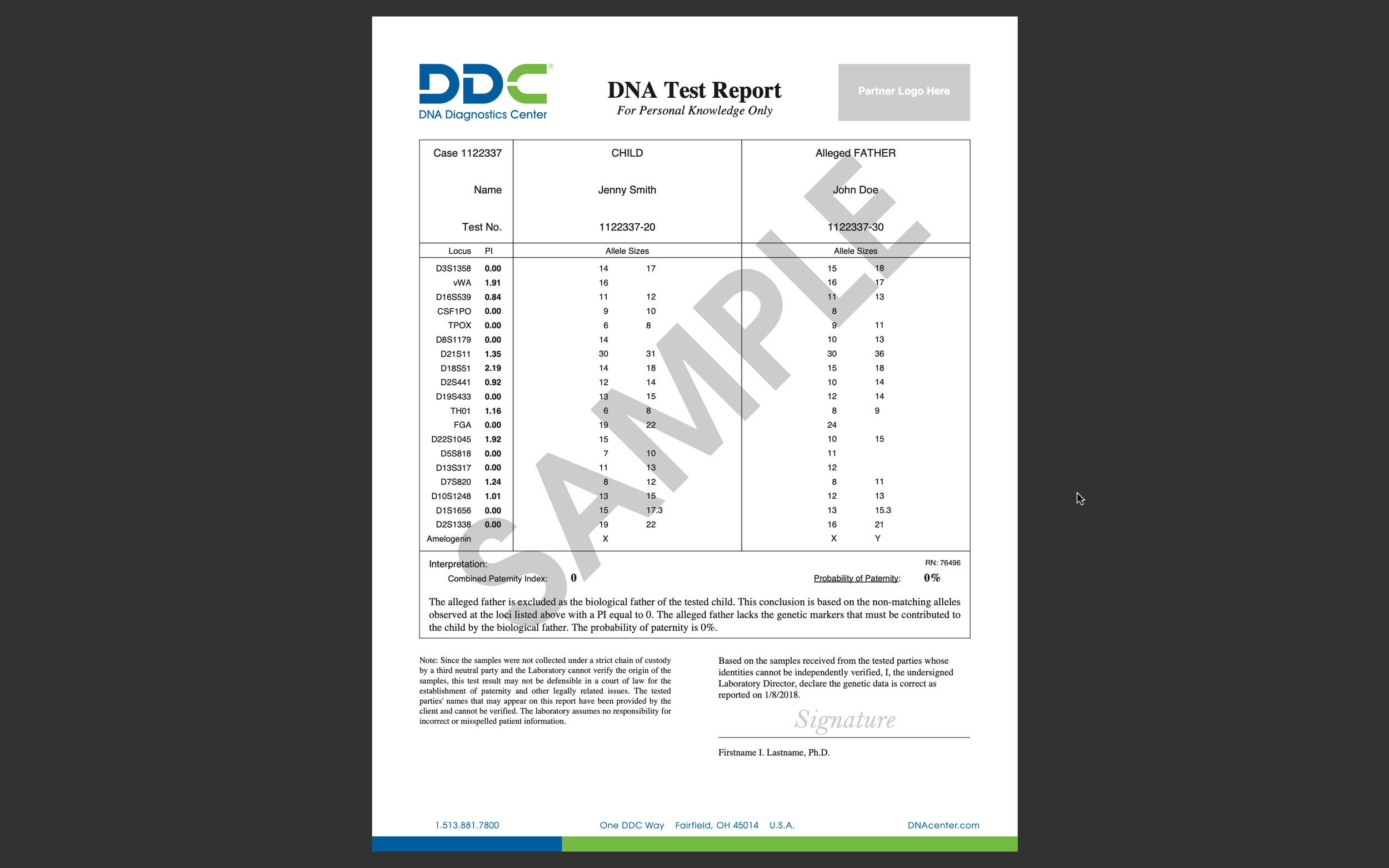How to Get a DNA Paternity Test Without the Father Present: Legal & At-Home Options
How to Do DNA Paternity Testing Without the Father Present: Alternative Solutions
Paternity testing without the father's involvement is possible thanks to advanced scientific methods and accredited laboratories. When the alleged father is unavailable, unwilling, or unable to participate, alternative DNA sources can help confirm biological relationships. Tests may use grandparents, siblings, or even non-standard samples such as hair or toothbrushes. These approaches are valuable in situations involving deceased fathers, adoption cases, or legal disputes where direct samples cannot be obtained.
Paternity Testing With Grandparents, Siblings, or Other Relatives: Reliable DNA Alternatives
Testing with grandparents or siblings provides a scientifically reliable option when direct paternity testing isn't feasible. Grandparents share half their DNA with grandchildren, enabling labs to confirm biological lineage with high accuracy. Sibling DNA analysis can establish whether two individuals share one or both parents, assisting in complicated family structures or cases without father involvement. These relative-based tests are routinely accepted for personal peace of mind and, with proper procedures, in legal matters.
Benefits of Paternity Testing with Grandparents & Siblings for Legal and At-Home Results:
Grandparent DNA tests are highly accurate and often meet legal standards for establishing paternity.
Sibling tests are useful for confirming both full and half-sibling relationships, supporting family and inheritance claims.
When conducted within an approved framework—such as witnessed sample collection and chain-of-custody documentation—relative DNA tests are admissible in court.
At-home versions provide privacy and convenience but may have limits in legal contexts; always check lab accreditation and eligibility for your needs.
Can DNA Paternity Testing Use Hair, Toothbrushes, or Non-Standard Samples?
When cheek swabs or blood samples aren't available, accredited DNA laboratories can analyze alternative items such as hair follicles, toothbrushes, fingernail clippings, or used tissues for paternity testing. These non-standard samples may offer a solution when direct collection from the alleged father is impossible due to absence, refusal, or other limitations. While reliability can vary based on sample quality, advanced testing methods allow many labs to extract and analyze DNA from a broad range of personal objects.
Examples of Non-Standard Samples:
Hair with roots
Toothbrushes
Fingernail clippings
Used tissues
These items should be as fresh as possible and provide a sufficient quantity of DNA for accurate testing. It's best to consult with your chosen lab before submitting non-standard samples to verify eligibility and potential accuracy.
Key Considerations for DNA Paternity Testing Without the Father:
Non-standard DNA samples require experienced laboratory staff for specialized analysis and may incur extra costs.
The accuracy of paternity results depends on the integrity, freshness, and type of sample provided.
Not all labs accept every non-standard item for testing, so research and contact labs before purchasing a kit or submitting a sample.
How Accurate Are DNA Paternity Tests With Relatives and Non-Standard Samples?
DNA paternity testing is highly accurate—often over 99.9%—when performed by accredited laboratories using high-quality samples. Legal tests require documented chain-of-custody, while at-home and informational tests use the same scientific standards. When testing with grandparents, siblings, or non-standard items, accuracy can be comparable to traditional tests as long as sample condition is excellent and the lab employs advanced methodologies. Always verify your test type meets personal or legal requirements before ordering.
Legal vs At-Home DNA Paternity Tests: Chain-of-Custody and Court Use
Legal Tests: Require witnessed sample collection and chain-of-custody documentation.
At-Home Tests: Offer convenience but are not admissible in court.
How Common Is DNA Paternity Testing Each Year?
According to recent statistics, over 500,000 paternity tests are conducted annually in the United States alone. Many of these tests involve alternative methods due to the unavailability of direct paternal samples. This growing demand highlights the importance of reliable and accessible testing options.
Frequently Asked Questions About DNA Paternity Testing Without the Father Present
Can a DNA paternity test be done if the father is unavailable or refuses to participate?
Yes. Accredited labs can perform paternity tests using DNA from grandparents, siblings, or alternative samples if the alleged father cannot or will not participate.
How can grandparents, siblings, or other relatives be used in paternity testing?
Grandparents share 50% of their DNA with grandchildren, while siblings share genetic traits. By testing these relatives, labs can compare DNA profiles with the child to confirm biological relationships when a father's sample is unavailable.
What is required for a legally admissible paternity test without the father?
Court-admissible paternity tests require witnessed sample collection at an approved facility, plus strict chain-of-custody documentation. Testing with biological relatives (like grandparents) can be admissible in legal situations if protocols are followed.
Are non-standard samples accepted for paternity testing?
Yes. Besides cheek swabs, labs can analyze hair follicles, toothbrushes, and other personal items for DNA, though sample quality affects test accuracy.
How accurate are DNA paternity tests done without a father?
DNA paternity tests conducted by accredited labs can be over 99.9% accurate when using high-quality samples from biological relatives or non-standard sources.
In Conclusion
DNA testing without the father present offers reliable alternatives through grandparentage testing, sibling analysis, or non-standard samples. Whether you need results for personal knowledge or legal purposes, these options provide clarity when direct paternal involvement isn’t possible.
Ready to get started? Contact us today to learn more about our legal and at-home DNA testing options!
Follow us on Instagram and Twitter! If you have questions about paternity tests or other DNA testing services, please contact our Client Support Center at 302-529-1789, Mon-Sunday from 8:00 AM to 9:00 PM Eastern Time. Our friendly, expert representatives are ready and happy to help. Get answers anytime by visiting our Help Center.



